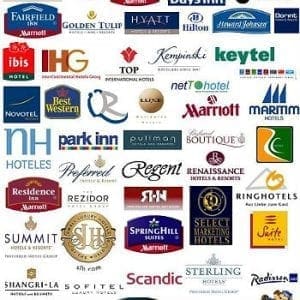For most, mornings are not complete without a cup or two of your favourite joe. When Howard Shultz, Starbucks’s former and long-running CEO, claimed that he was inspired to build his coffee empire from what he experienced during his early travels in Italy (specifically Milan), it is indeed telling that the company has waited this long before pushing full force into this hallowed market.

Visiting the country affords nearly every traveler the right to outstanding coffee, with a perfect little café adorning nearly every city block. So, when Starbucks decided to make its move, it had to be bold and it had to be different from what’s considered the norm in Italy’s coffee culture – to not only earn the ongoing praise of locals but to hopefully also give the company another revenue stream that they could export around the world.
The Milan Roastery
Starbucks decided to enter the Italian market starting in Milan with a single store – the Starbucks Reserve Roastery Milan. Converting a historic post office, it is undoubtedly the largest Starbucks in the world. Dominated by a multi-story, unobstructed roastery and adjoining packing line in its center, eight serving counters wrap around the outer walls with coffee-related merchandise sold in the middle.
On the mezzanine, you’ll find a bar with a half-dozen mixologists whisking together a wide range of alcoholic beverages with, surprisingly, no coffee service on this level. Instead, with most every order comes free pizza to ply patrons with a little nosh.
On a weekday afternoon, service was brisk and efficient. Above all, the coffee was superb. Looking over the vast expanse from my balcony seat, I estimated about 400 people actively pursuing a cup of their favourite brew as they watched the brewers shuffling about in the center to roast and bundle the beans on the spot.
It’s all about the experience
While every café in Europe has its charm, the experience offered by this Reserve Roastery was exceptional, and therefore memorable. While any place can inevitably make a fantastic cappuccino, here it’s all about the experience and the vivid activation of the five senses.
Beyond the taste, think of how the wafting of freshly roasted beans smells, how the constant grinding of those beans from every corner plays on the ear drums or simply how having so many people in one room resembles less a traditional café and more a German beer hall.
Applying this to the hospitality industry, how do you move your aspects of your business from serviceable or great to something truly experiential? Certainly, you’re not going to spend a massive amount of CapEx to build a roastery in the center of your restaurant, but the core idea of full sensory activation is nevertheless critical for the next evolution of your operations.
Thinking experientially does not have to be limited to your coffee program, of course. Initiate a dialogue with your staff to see how you can slowly integrate newer and wilder ideas into your restaurants, your bars, your lounge areas, your pool areas, your meeting spaces or anywhere else that’s guest-facing.
Ask what measures can be taken to create elements of your service delivery with a unique thumbprint. Hotels must be fun and exceptional in order to truly command an upwardly moving ADR and to create year-round demand. Designing micro-experiences are a great way to make your hotel stand out.



















